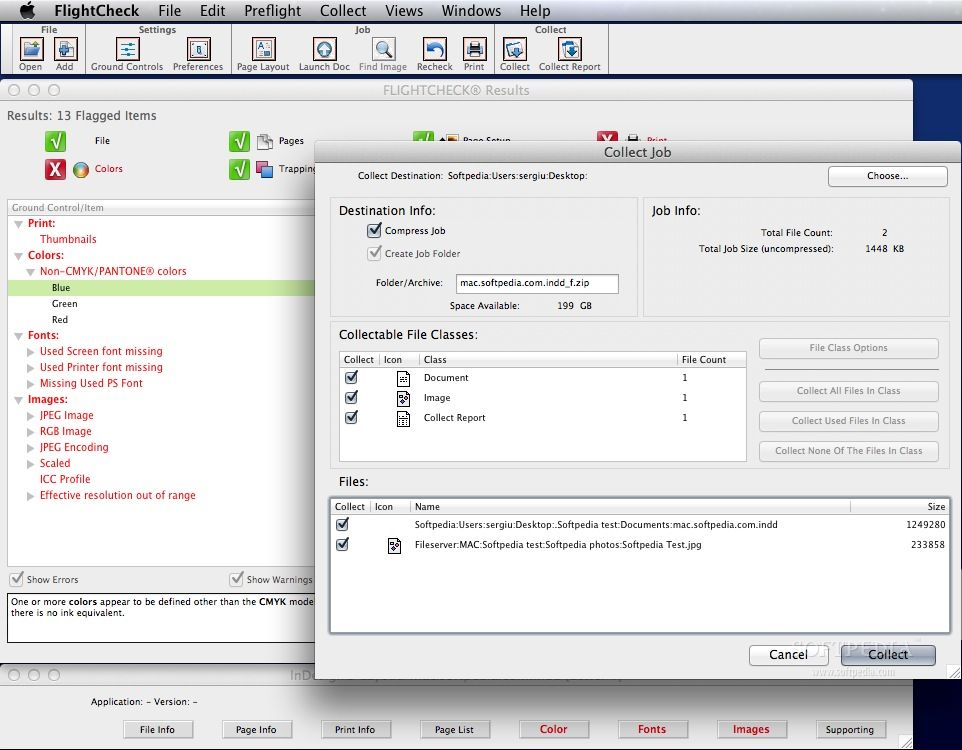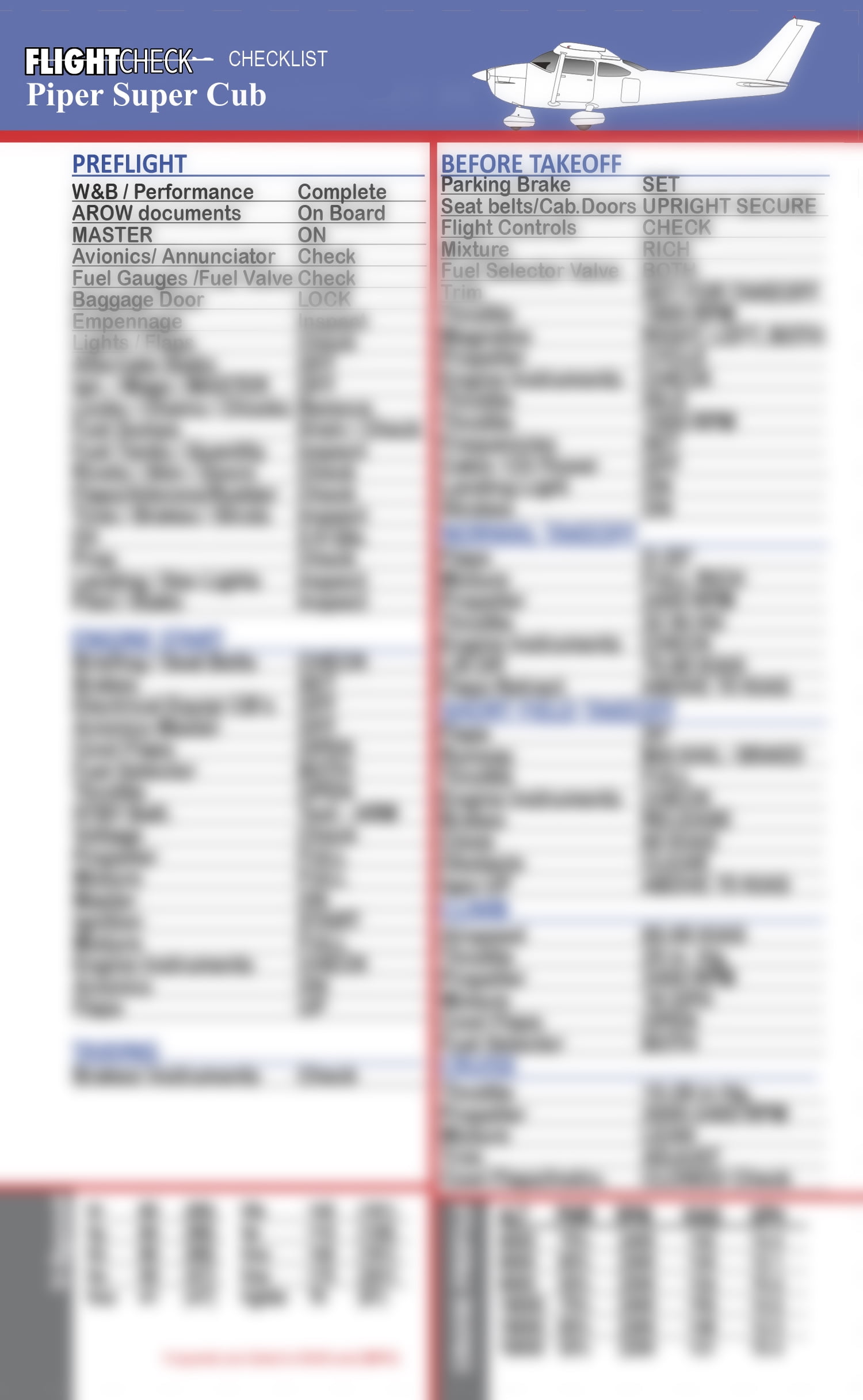

Postal Service developed lighted airway beacons (bonfires) and placed them 10 miles apart to aid nighttime navigation in the 1920s. “Validating signals in space” is far removed from the origins of our air navigation system. Flight inspection is the airborne inspection of all space and ground-based instrument flight procedures and the validation of the integrity of the electronic signals in space transmitted from navigation systems. The first thing I learned is that flight inspection involves way more than ensuring the accuracy of an ILS. Lesson 1: Inspecting and Validating System Integrity In fact, I have learned a lot of things in my first year with Flight Program Operations, and I want to share these lessons with you. Flight Program Operations is part of the FAA’s Air Traffic Organization and operates aircraft for several FAA missions, the largest of which is flight inspection, commonly known as “flight check.” I quickly learned that there is a method behind their magic and that a lot more goes into ensuring the integrity of our National Airspace System (NAS) infrastructure than I ever imagined.

I never put much thought into the work that makes this capability possible until last summer, when I took a position in the FAA Flight Program Operations organization. It’s magical to me that pilots rely on enroute navigational aids (NAVAIDs) and instrument landing systems (ILS) to guide aircraft, of various sizes and seat counts, to their destination and safely to the ground in challenging weather conditions. After working almost a decade in FAA’s Flight Standards Service, I am much more familiar with the regulations for IFR flying than how pilots apply these rules in reality. The extent of my practical knowledge of instrument flight procedures is looking at an overcast sky and asking my pilot friends if we are filing an instrument flight rules (IFR) flight plan, usually concerned about whether I will make it to a beach getaway. I have been around general aviation (GA) as a passenger most of my adult life.


 0 kommentar(er)
0 kommentar(er)
